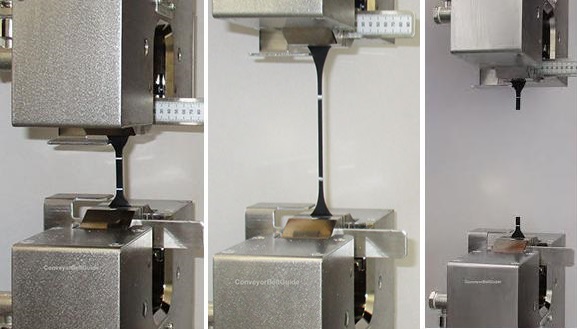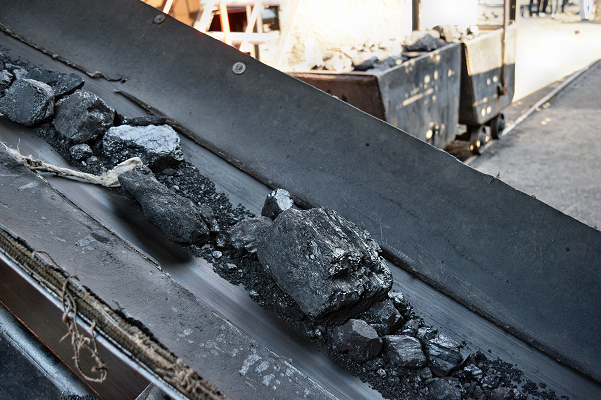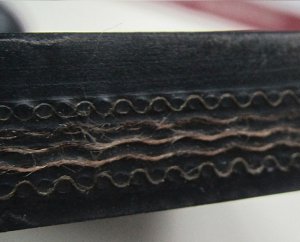What are the commonly used methods for non-destructive testing of steel cord conveyor belts
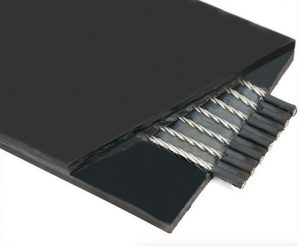
In the use of steel cord conveyor belt, due to factors such as heavy load, scratches, aging, etc., the internal steel cord core is corroded or broken, which affects the normal production of the enterprise and even causes safety accidents. Therefore, corresponding specifications were formulated for the safety inspection of conveyor belts very early. Many detection methods have been derived from the development of nondestructive testing of conveyor belts. In this chapter, conveyor belt manufacturers will introduce several common nondestructive testing methods for conveyor belts.
1. Simple joint deformation detection method
The simple joint deformation detection method is the traditional manual inspection method. On-site maintenance personnel directly observe the shape of the belt with their eyes to determine whether the belt joint is elongated, and then use portable X-ray photography to detect the damage of the belt. The following 3 methods.
1. Observation method of “bubbling” phenomenon. “Bubbling” phenomenon is a common fault feature of joint damage, and the reason is that the steel rope core at the blistering part twitches. This is a simple detection method that is often used in coal mines. It is to clean the surface of the tape in the joint area after stopping the machine to check if there is any “bubbling” phenomenon. Once any blistering is found, pay attention to it. When it develops to 1/3 of the full bandwidth, it will be updated immediately.
2. Joint length measurement method. At the appropriate positions on the two borders of the newly completed vulcanized joint, mark 3 sets of marking lines at equal distances, and measure the length of each set of marking lines. After the conveyor belt is put into use, regularly measure the length of each marking line. When it is found that the elongation of any one of the three exceeds a certain threshold, the vulcanized joint is filmed and analyzed with an X-ray detector to determine the degree of damage to the connector and whether it can be used continuously.
3. Surface strain measurement method. First, draw a grid on the joint surface in the low stress area, and repeat the measurement of the grid deformation when the conveyor belt runs to the high-tension area to determine whether there is twitching between the steel cord cores in the tape and its severity.

2. X-ray detection method
X-ray detection method is a non-destructive flaw detection technology based on X-ray projection imaging and computer image processing. The principle is to allow the fan-shaped X-ray beam to penetrate the steel rope core conveyor belt running at the inspection speed, receive it by the two-dimensional x-ray photovoltaic detector, and form the image pixel electrical signal. After collection, conversion, transmission and processing, the conveyor belt’s A two-dimensional projection image, through which to observe the integrity of the steel rope core and joints in the conveyor belt. At the same time, it can be converted into a digital signal and stored on the computer for reproduction for further analysis and judgment. It can be said that this is a feasible, reliable, and informative method. The detection method is based on a solid basic theory, and is very rich in mature technologies that can be directly transplanted. It is widely used in medical care, security inspection, quality inspection, transportation and other fields.
3. Infrared and ultrasonic flaw detection method
Germany, Australia, the United Kingdom and the United States have all adopted ultrasonic flaw detection, infrared flaw detection, etc., but they are not mature.
4. Magnetic flux leakage detection method based on the principle of electromagnetic induction
The detection method is to install a magnetic induction coil close to the return conveyor belt, install a set of permanent magnets upstream, and use a magnetization sensor to uniformly magnetize the steel rope core so that the steel rope core has uniform magnetism. At the same time, a speedometer is installed to measure the transportation. With the speed of the belt, the magnetic flux leakage amplifier is used to detect the residual magnetic signal on the steel cord core. The magnetic image of a normal conveyor belt is approximately a smooth straight line in the non-joint area, and there is only a high sharp pulse signal at the joint; when the steel rope core of the conveyor belt is broken, rusted or displaced, the magnetic image will be There will be convex or concave changes. Therefore, according to the running speed of the conveyor belt and the appearance of the obtained magnetic image, it is possible to identify whether there is a fault in the joint, as well as the type, degree and specific location of the fault. Generally, the fault analysis and diagnosis technology of this monitoring method is more complicated, and the amount of calculation is very large, and the accuracy, reliability and real-time performance of its diagnosis need to be improved.
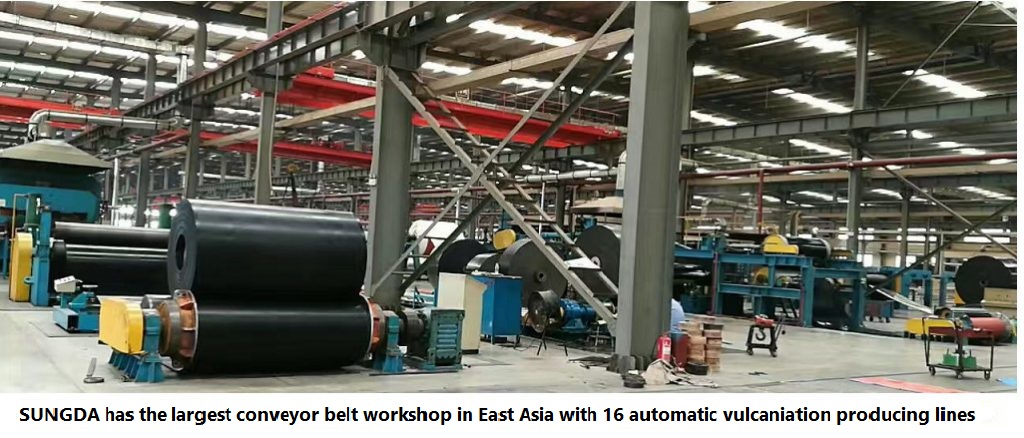
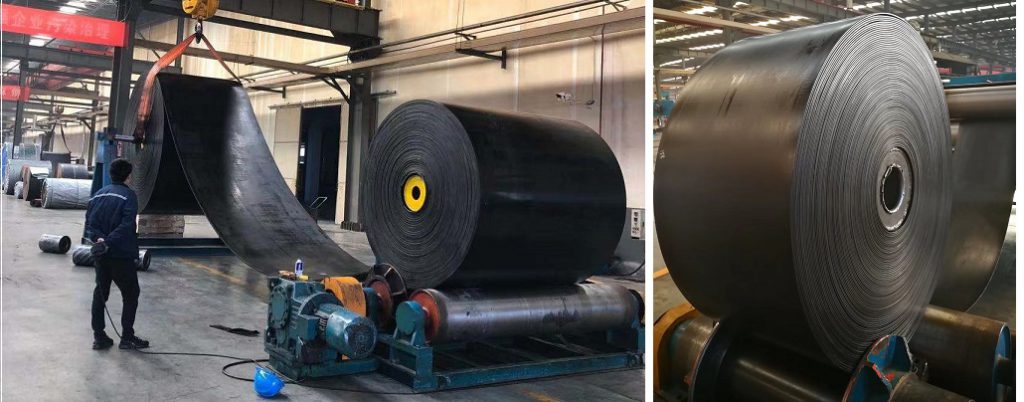
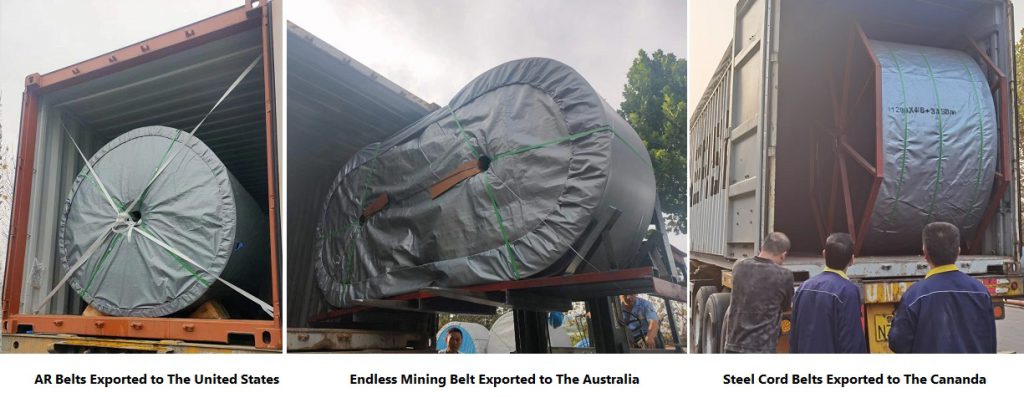
Tags: Steel cord conveyor belt,test

